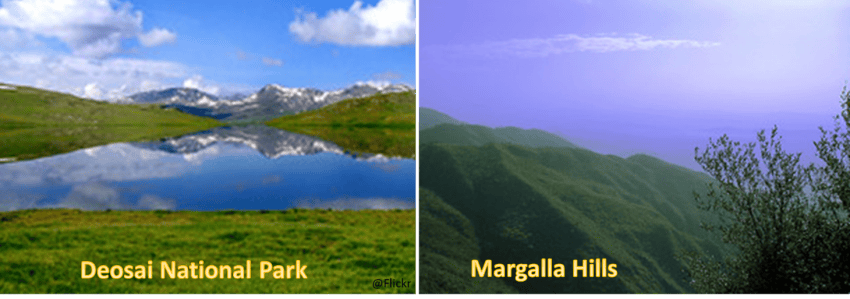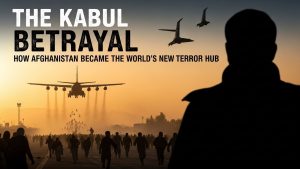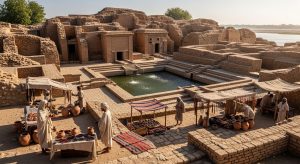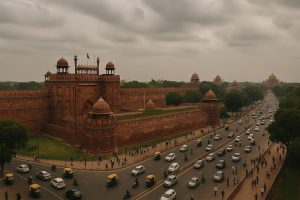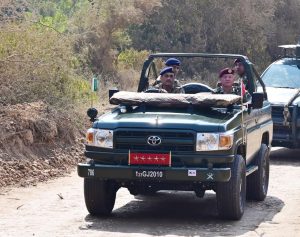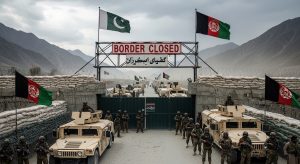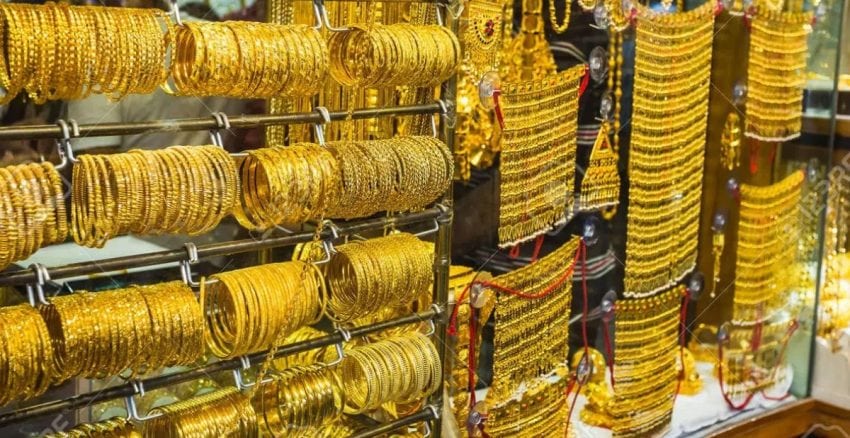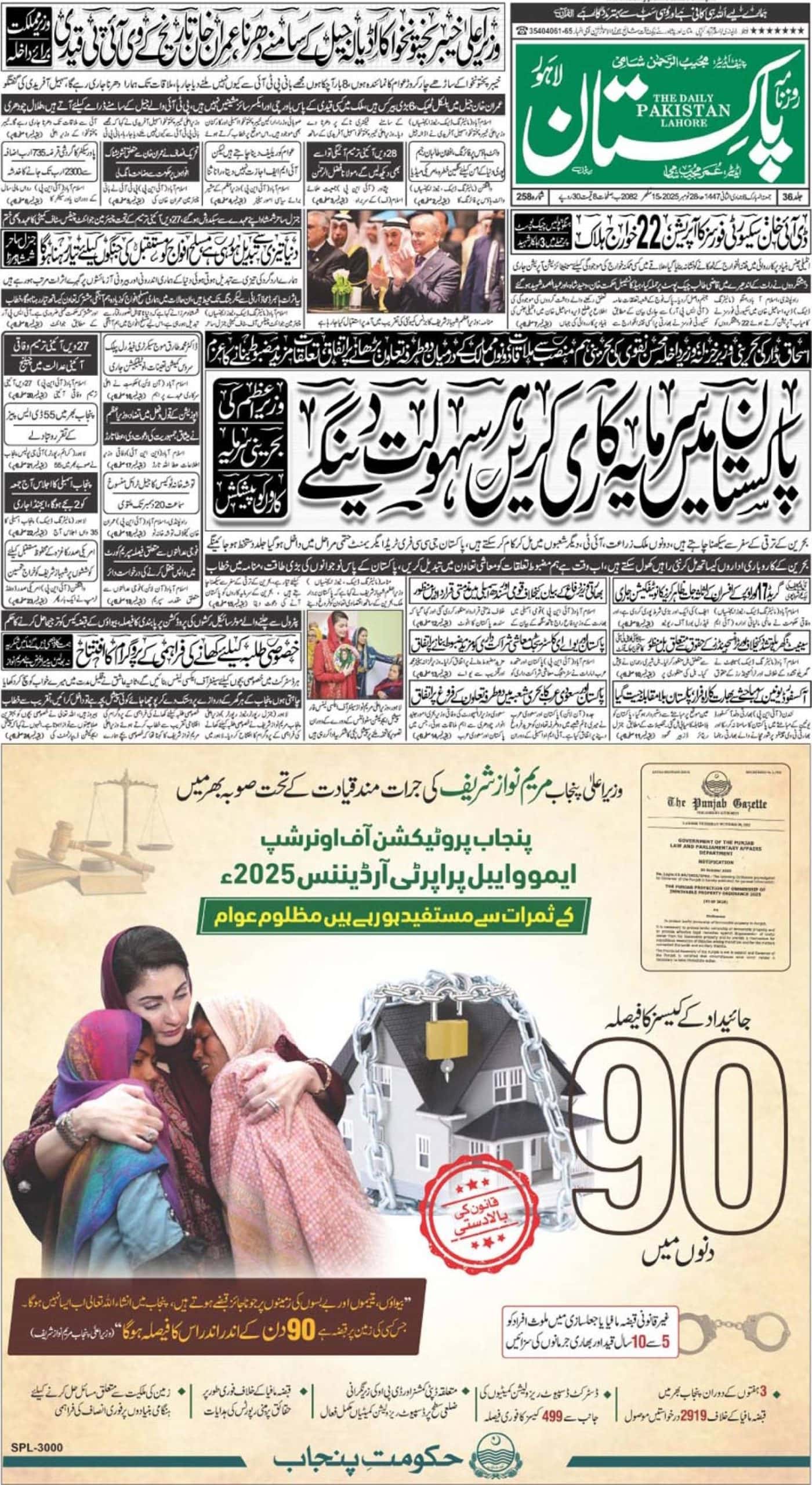Few places in Pakistan are truly spellbinding, such as K2, Chitral Gol, Khunjerab Shandur-Hundrup, and Deosai National Parks. Most of these mesmerizing places are designated as protected areas—sites preserved for nature—and include parks, managed forests, game reserves, wetlands, lakes, and wildlife sanctuaries. These areas benefit us in many ways by supplying a potpourri of ecosystem services, ranging from food and water to regulation of floods and heat waves to recreational and spiritual services. Thus far, little was known about which protected areas are giving the most or fewest benefits.
I recently analyzed 140 protected areas of Pakistan for their ecosystem services supply and use in connection with other spatial variables such as closeness to urban centres, number of visitors, and size of the protected area. The study is entitled “Terrestrial protected areas: Understanding the spatial variation of potential and realized ecosystem services” and has recently been published in the Journal of Environmental Management.
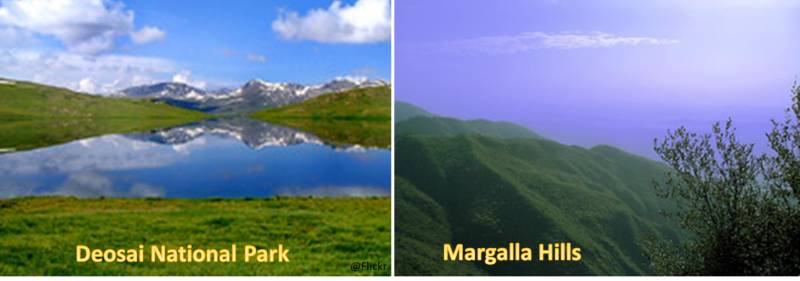
The results show that the smaller the protected area, the higher the benefits it supplies. This relationship suggests that small protected areas (≤ 5000 hectares) are, perhaps, better managed than large protected areas. Because of their size, large protected areas become difficult to manage efficiently.
Irrespective of the size, all protected areas closer to urban centres are producing more benefits than those farther away. This outcome elevates the compelling need to protect those protected areas located close to urban centres because these areas are often directly subjected to developmental pressures. Moreover, future expansion of protected areas close to densely populated (urban) centres can yield better societal outcomes. But, since the land close to urban areas is usually very expensive and big swaths of land are not easily available, small-sized nature reserves can be an option for the future outspread of these areas.
The protected areas far from the urban centres yield lesser benefits than those closer to cities. The major reason for this is the weak environmental institutions responsible to look after these areas. Sometimes local people illegally exploit remote protected areas for livelihood, timber harvesting, and grazing. Illegal wood harvest from Pakistan’s forests is four times higher than that of the legal harvest!
Another reason for providing fewer benefits is that rural populations are more reliant on the direct use of natural resources from protected areas for their livelihoods than urban populations making it quite difficult for officials responsible for effectively managing protected areas located in the backcountry. Therefore, increasing the benefits from remote protected areas can be a herculean undertaking. Other issues can also hamper the production of services such as terrain (desert) and cost of maintenance. For instance, the Cholistan game reserve generates fewer services because of its desert terrain with a shortage of water.
The protected areas located close to urban centres show an increase in the benefits compared with those located in the backcountry. At the same time, the protected areas nearer / closer to urban centres face increased developmental pressures that lead to a decline in the environmental or ecosystem services they can provide. Awareness-raising about these protected areas calls for a fuller accounting of their societal benefits. It becomes more essential in places like Pakistan where powerful institutions join forces to encroach on these protected areas in the name of economic development. Therefore, more stringent environmental management of protected areas closer to urban areas may help further increase their benefits supply in comparison to that of remote protected areas.
Trotting out the protection of existing protected areas is more momentous
There is a global call to step up the number of protected areas until at least 30% of the Earth’s surface is protected by 2030 (also called 30×30). But, right now, today, stronger protection and better management of our existing protected areas must remain top of mind despite obstacles like terrain (desert), maintenance costs, or rainfall trends that may hamper the production of ecosystem services from certain protected areas. We really do need to take good care of the protected areas we have!
Because the future expansion of protected areas is not a fully sure-footed move, better protection of existing protected areas is more momentous. Earmarking swaths of land as protected areas is not enough. In Pakistan, there must be legislation for protected areas to make sure that they are not taken over by commercial interests or powerful institutions in the future.
Though this research has been done in Pakistan, the methodology is easily replicable in other parts of the world to see the spatial variation in the benefits of protected areas. The two major contributions of my study are: 1) fostering a preliminary understanding of variations in the services of protected areas with respect to the influence of spatial variables, 2) stimulating further research to look into the relationships between protected areas and other latent variables that influence their services.
The work done by international organizations, such as the International Union for Conservation of Nature (IUCN) and the United Nations Environment Programme (UNEP), to promote and protect national parks in Pakistan is commendable. However, it is primarily the local administration that can ensure protection on the ground and enhance a suite of environmental and social benefits from these areas.
The recently held COP27 is echoing everywhere, especially setting up the “Loss and Damage” fund is making us jubilant; but, the real question is how will this money be used. Will the fund go to a few deep pockets in climate-hit countries to further international agendas not necessarily in lockstep with what’s needed on the ground or will those monies truly be spent on countering environmental catastrophes is the multi-million-dollar question? Given the weak and incapacitated administrations in most Third World countries, the donors must think of involving internationally reputed organizations and institutions to do the job. To this end, environmental and climate projects should be advertised to attract international and local partnerships for the allocation of funds. More importantly, the Loss and Damage fund allocations must target protected areas as keystone places to fight climate calamities striking poor nations.
The author works as an environmental scientist in a leading-edge water organization in Canada and can be reached at: tariq.aziz@uwaterloo.ca

